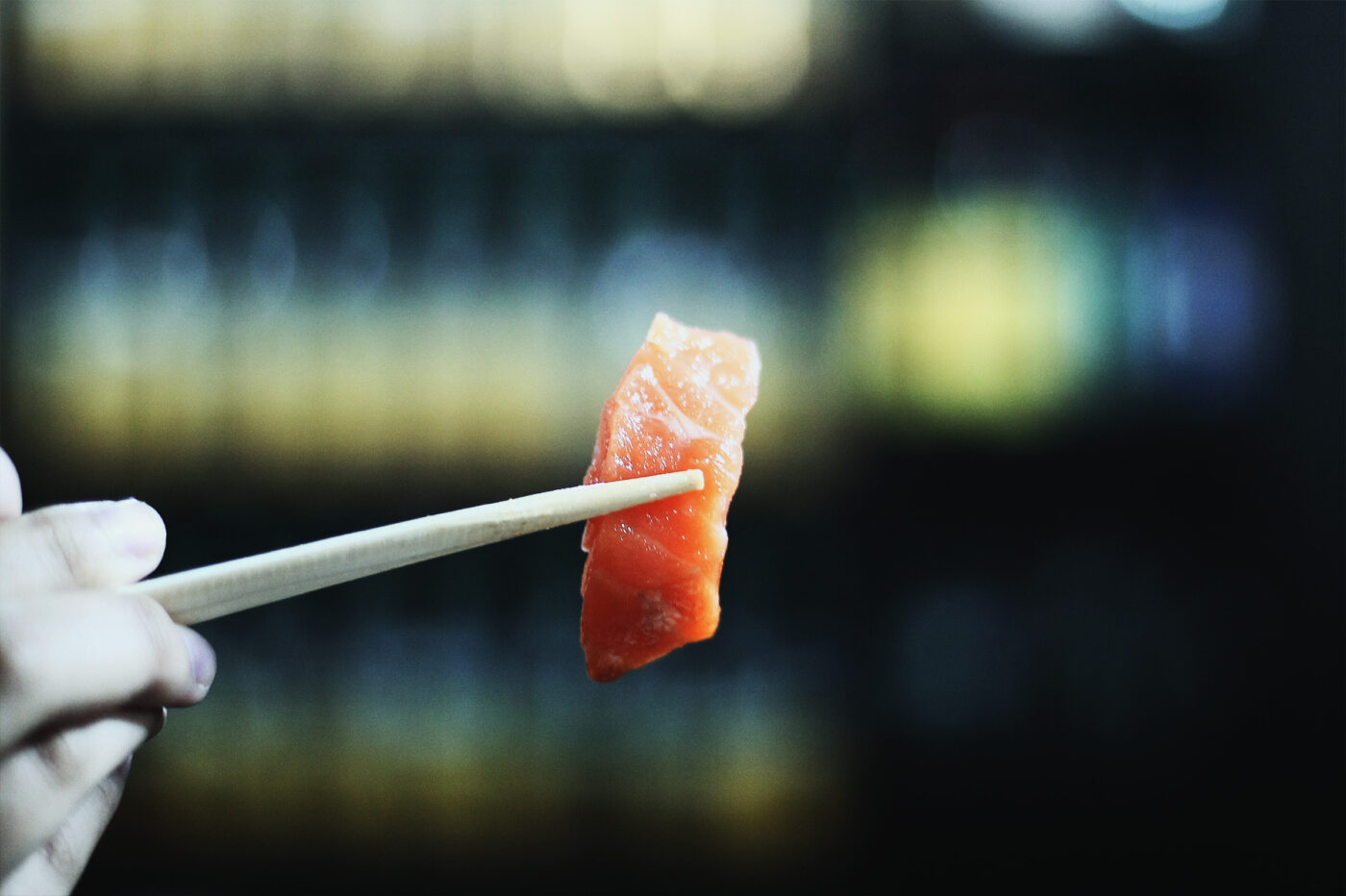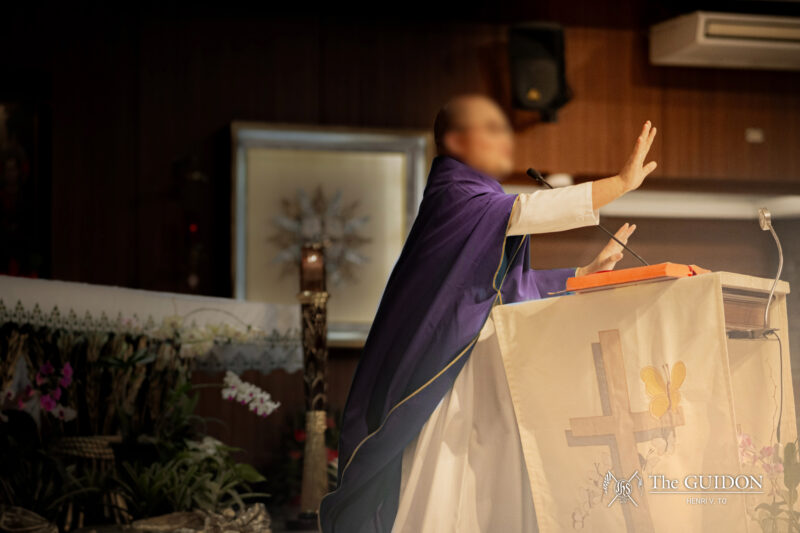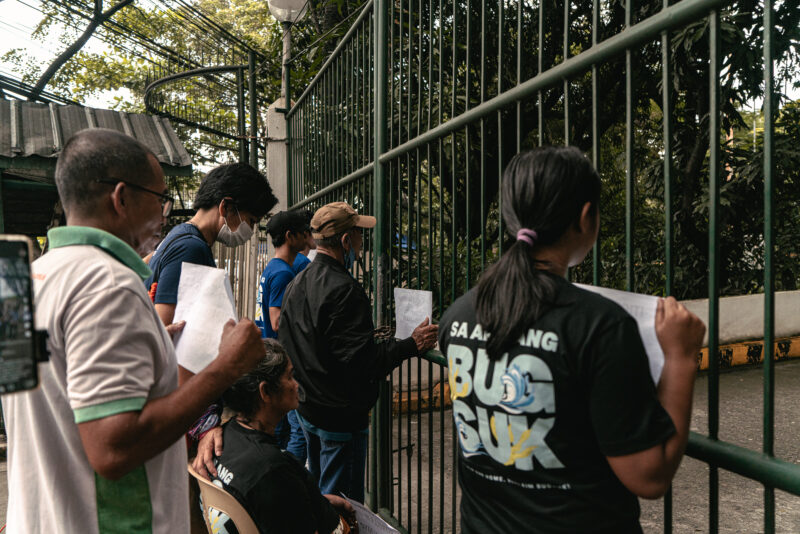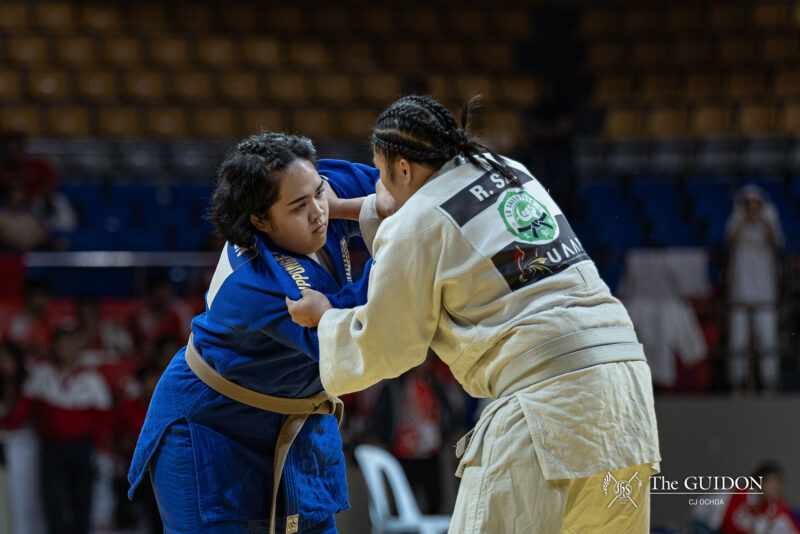In the film Wood Job (2014), an impressionable high school graduate is lured into joining a forestry training program after seeing a beautiful girl on the brochure. Scenes later, Yuki Hirano finds himself nude from the waist down as his fellow foresters, having seen it all before, nonchalantly burn leeches off of his body. Japanese film is unapologetic—be it in drama, comedy, or romance, what has to happen will happen.
Consumers of Philippine pop culture may find the unpredictability of Japanese popular culture to be a refreshing break from formulaic plots often seen in primetime telenovelas. It is one of the many reasons Filipino groups and organizations with an interest in Japanese culture have made themselves present in the community, even in the Loyola Schools. Their commitment implies a cultural dynamic between Japan and the Philippines that is not only harmonious, but also capable of gathering plenty of interest.
A celebration of culture
July is the official Philippines-Japan Friendship Month, and in celebration of 59 years of this friendship, the Eiga Sai film festival was launched once more with the theme “Tasteful Japan” to provide a glimpse into the unique culture of Japanese food, among other major motifs. At local cinemas supporting the festival, the queues stretched so far that a two- to three-hour wait to catch a film was not unusual.
Likewise, the Philippine Educational Theater Association Theater Center showcased the talents of both Filipino and Japanese performers in performances held last July 26.
The previous month’s events were not limited to performances and competitions, though; the economic and progressive interests of the Philippines were also given focus. The signing of the Japanese Grant Aid for Human Resource Development Scholarship (JDS) Project, granting a total of 258 million yen to 20 JDS fellows, was conducted last July 3. The grant will allow JDS fellows to initiate more projects in the fields of financial reform, public policy, and transportation, among others.
Aside from these events, elements of Japanese culture have trended in the Philippines in the form of television shows, films, food, and art. Somewhere within the past three years, the ramen craze hit the Philippines, with the likes of Hokkaido Ramen Santouka, Ukkokei Ramen Ron, and Ramen Nagi becoming instant crowd favorites.
Hero TV, on the other hand, is a Filipino channel solely dedicated to airing Tagalog-dubbed anime programs. Japanese pop, or J-pop for short, is also popular here with groups like AKB48, Babymetal, and Arashi having a strong Filipino following. With all of these developments well on their way, it’s hard to deny the presence of a firmly established “Japanophile” subculture that has caught the interests of children and adults alike.
Foreign but familiar
Dr. Karl Ian Cheng Chua, director of the Japanese Studies Program, cites the history between the Philippines and Japan as the reason behind how Japanese culture appeals greatly to Filipinos. “‘Soft power’ is a concept wherein Japan slowly tries to influence countries which it used to occupy,” he says. “In a sense, you are winning people over by not attempting to win them over.”
Cheng Chua brings up another notion: “Nihonjinron,” a concept that refers to the uniqueness of Japanese culture. Japan’s geographic isolation, according to Cheng Chua, led it to develop its unique culture. “The role of the Japanese Studies Program is to remove this notion of such exclusivity given to Japan,” he explains.
Niegel Simon, director of Toushin, the pioneer Japanese arts and culture organization of the Ateneo, recognizes the compatibility of Japanese culture to current mainstream Filipino tastes. “Although it is foreign, it still has that sense of familiarity. Japanese film aesthetics give more attention to detail and are big on symbolism, as opposed to mainstream Filipino cinematography where actors are given most of the screen time,” she says. “Yet our telenovelas share similar themes based on the importance of interpersonal relationships.”
On the other hand, Gica Pollisco, president of Hinomoto, the student arm of the Japanese Studies Program, gives credit to the Ateneo’s International Student Exchange Program: “There are many Japanese people who come to the Philippines whether for a short visit, an exchange program, or even to stay for good. As such, they make friends with Filipinos and share parts of their culture to us.”
Both Simon and Pollisco agree that animé and manga serve as a gateway to a larger interest in Japanese culture. “Animé [has] so many genres that spanned different ends of the spectrum. It is highly reflective of Japanese culture with its infinitely many subcultures,” Simon explains.
However, the animé craze can also result in unrealistic perceptions of Japanese culture. “As it is a fictional medium, some things are more exaggerated compared to reality,” Pollisco observes. “While we recognize that animé is not the catch-all of Japanese culture, it was a starting point,” Simon adds.
Japan on campus
Toushin and Hinomoto, two major groups in the Ateneo that dedicate themselves to the realm of Japanese culture, have thrived in serving as a formal outlet for Japanese enthusiasts to share and exchange their interests.
The organizational culture in both groups strongly upholds the distinctly Japanese practice of respecting one another, most especially elders and superiors. Pollisco also notes that certain Japanese qualities can be observed in the way Ateneo students are trained, such as “an eye for quality, rigorous academic standards and a culture rooted in tradition.”
According to Simon however, despite the country’s openness to Japanese culture, many wrong impressions still prevail. “There are still some misconceptions about Japan being the source of unusual things, to the extent that it’s become a meme of sorts, with captions saying ‘Only in Japan.’” These misconceptions result in Japanese culture being appreciated in an inauthentic manner.
Cheng Chua warns against the exoticization of Japanese culture, which can happen with the consumption of Japanese media without proper research on Japanese customs and practices. Rather, he encourages the idea of “the flexibility of culture,” in which a Japanese cultural product or practice is “readapted” to harmonize with the existing qualities of Filipino culture.
The absorption of Japanese culture into the Philippines can be described as fluid, in which we welcome new traditions while remaining loyal to the old. As Cheng Chua puts it, learning about and appreciating Japanese culture goes hand in hand with remembering how this cultural exchange between the two countries is also a way of making amends for past transgressions.
“We also have to realize that the Japanese were a part of our history, and it was not all that beautiful,” he says. “I’m not saying that you should hate it. You can consume it, but you cannot forget that all of these cultural concepts and economic developments that Japan introduced to us are a result of what they have done in the past.”
“So I’m happy for it,” he concludes. “[But] we also have to recognize that there is a long history involved in it.”







